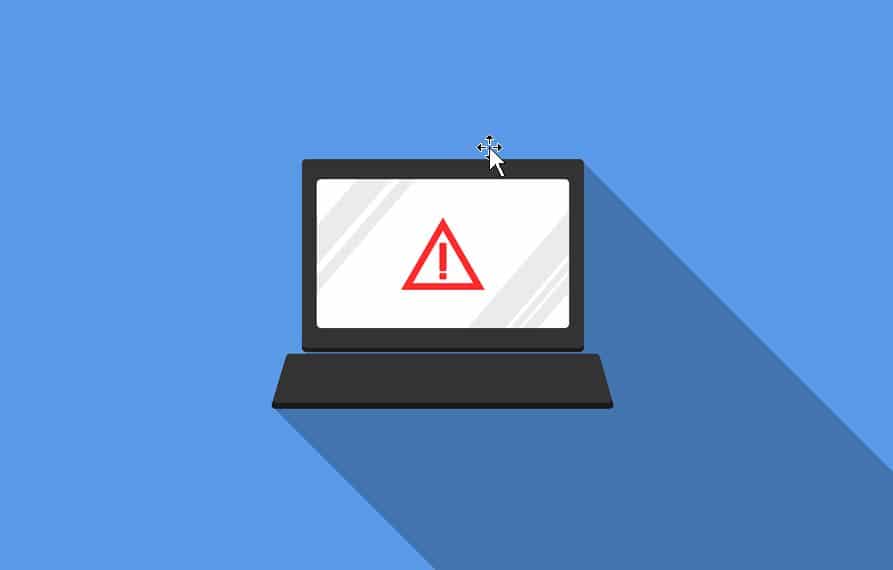Spam is annoying, but there are ways to fight it. We all receive unwanted messages and the performance of mail client filters is not always excellent. Whether it is a business or a fraudster sending you spam, this nuisance can be eliminated if you report their IP. Here is how it works and why it is advisable.
Today, there are companies the mission of which is protection against malicious mail and other types of cyber offenses. Not only do they compile lists of suspicious senders, but they also allow anyone to contribute to the IP blacklist check with the blacklists check tool. There are two ways to use it. On the one hand, you see if a specific email has been reported as untrustworthy. On the other hand, you may submit new entries to the database.
Why These Lists Matter
First, Internet Service Providers (ISPs) are constantly improving their filtering barriers and they use blacklists to weed out spammers. With every new complaint registered, the overall efficiency of these defense systems grows across the web. At the same time, senders of sizeable volumes of mail (e.g., as part of digital marketing campaigns) should first check that their IP location is not viewed as fishy. Otherwise, all their carefully crafted messages will never be read.
How Blacklists Work
Mail Abuse Prevention Systems and other entities keep track of dubious IP addresses and domains involved in the active mailing. These databases are constantly updated and used by ISPs to counteract spam. Here is the core principle.
As soon as you send out an email, the system logs your IP address. The recipient’s mail servers use this data to verify you as a sender. They communicate with blacklists to check that you have not sent unwanted emails before. For instance, the CleanTalk blacklist now contains over 4.5 million IPs, 12.5 million emails and roughly 1.5 million sites.
If a match is detected, your email lands in the junk. Its content doesn’t matter! Moreover, if your IP or domain is associated with repetitive violations, the message will not even reach the junk folder.
When It Usually Happens
IPs end up in the databases for two reasons. This is due to auto-detection or complaints from users (over 0.01%). Automatic blacklisting is often caused by spamming software or open relay servers. Common causes of user rage are these:
- They have not signed up for the emails/do not remember doing so.
- They cannot find the unsubscribe link.
- They receive too many messages.
- The content does not meet their expectations.
In addition, inactive email addresses may function as “spam traps”. This explains why keeping your list updated is essential.
Reporting and Checking IPs
Head to the website collecting reports. Enter the IP/email address and specify the attack type. If you expect a response, leave basic contact details. Comments may also be included if necessary. You may also check if an IP or address has been blacklisted.

